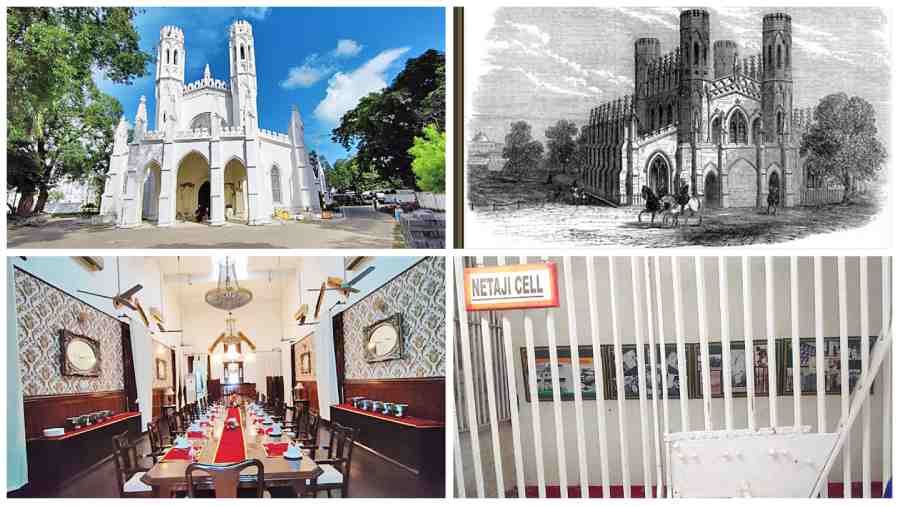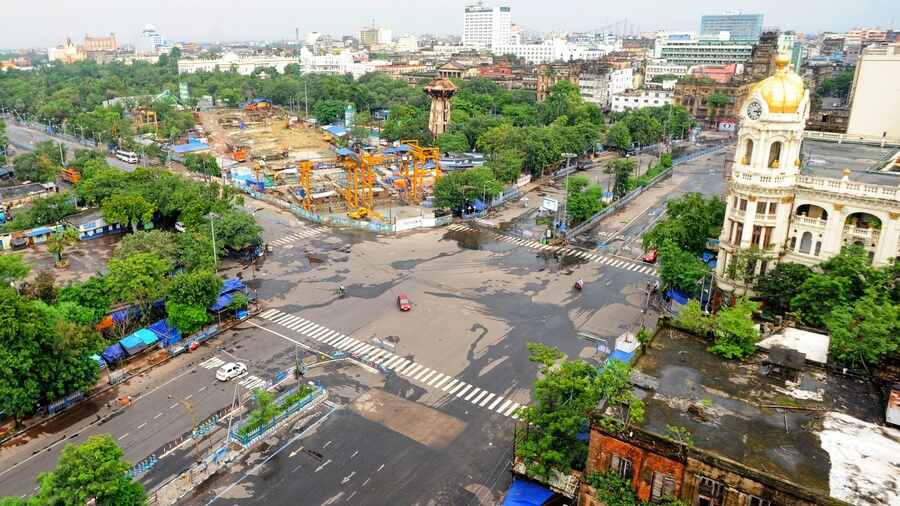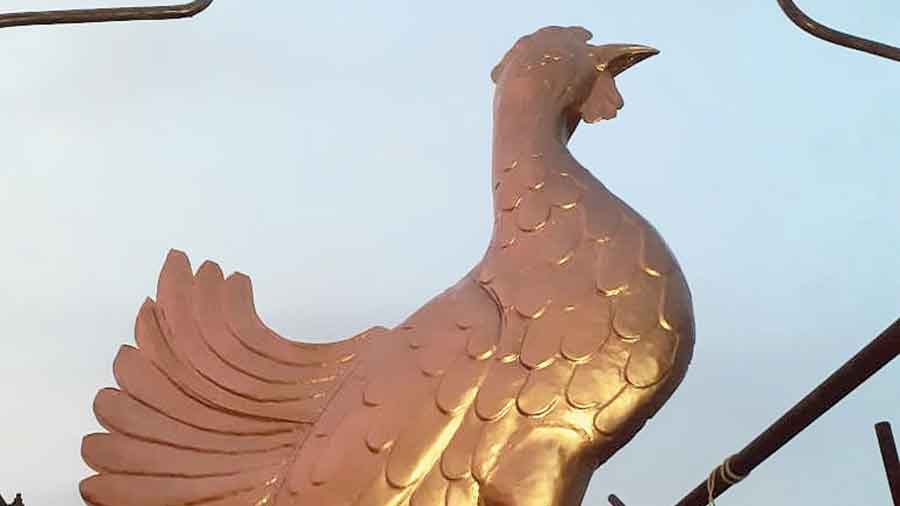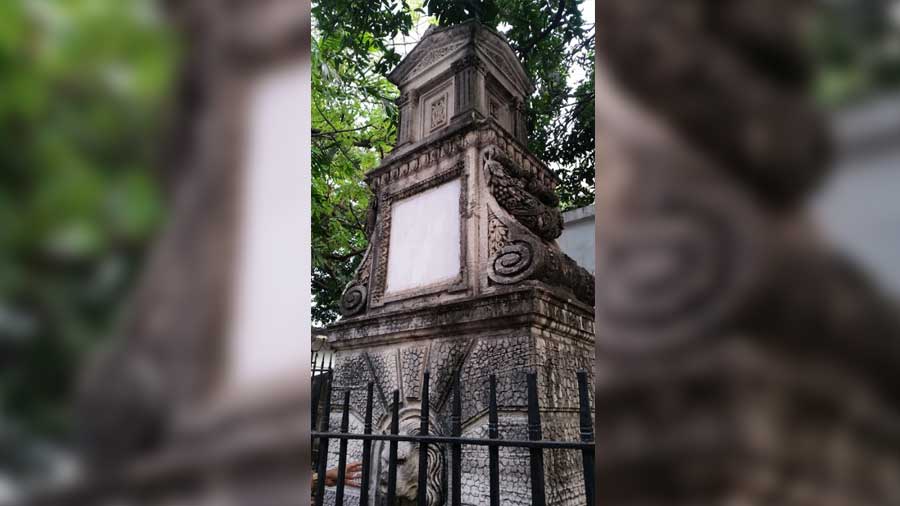A heritage walk around Fort William for civilians was inaugurated on Sunday where a maze of army history was negotiated starting from the Battle of Plassey.
Walkers absorbed much of the 18th-century history as the layout of the current Fort William was explained and were taken on a tour with nuggets of information on the various heritage buildings on the campus, including a chapel-cum-library that resembles the chapel of the Trinity Hall in Cambridge, the Kitchener House and its grand dining table and the Dalhousie barracks where Netaji was kept before he was shifted to his Elgin House residence.
Inaugurating the walk, Chief of Staff Lt Gen. K.K. Repswal, HQ, Eastern Command, said: “We used to have heritage walks in 2019 but because of the pandemic, it was stopped for two years. Today, we are resuming the walk. You will get to see a lot of war history, about life in Fort William and see the heritage structures here.”
The inaugural heritage walk was arranged by Calcutta Heritage Collective, a group formed to restore, revive and reuse built heritage in the city and the state.
The walk on Sunday began with a homage to the war martyrs. The octagonal fort with five sides of it facing the land and three facing the Hooghly is surrounded by a moat that is 9m deep and 15m wide.
The original fort, which was built near where the GPO stands today, was constructed between 1698 and 1706 by the British East India Company and was named after King William III, from which the current fort, too, gets its name.
In 1756, the Nawab of Bengal, Siraj-ud-daulah, attacked the old fort and took over the city, which was renamed Alinagar. The British started constructing the new fort in the Maidan area in 1758, after the Battle of Plassey.
The construction was completed in 1781 at a cost of a few hundred crores of rupees, said Fort William heritage guide Kunal Guha.
Much of Fort William has remained unchanged except for St Peter’s Church, which used to be a chapel for the British in India and now has been turned into a library for the troops of HQ Eastern Command.
The fort has three layers of defence — the rampart walls, the moat which is now dry and a garden called Vatika. “There used to be a pontoon bridge over the moat, which has been replaced by a concrete one,” said the guide.
The fort has six gates — Chowringhee Gate, Plassey Gate, Calcutta Gate, St Georges Gate, Treasury Gate and the tallest Water Gate, through which elephants would enter. There are a total of 497 cannons in the fort, all of which were made dysfunctional once the British left.
A white ball tower stands on the ramparts of the fort that kept time in those days, when a ball was raised with the help of a pulley on top of the tower at 12.55 hours and dropped at 13.00 hours, upon which a time gun was fired to announce the lunch hour.
A walk around the Command Museum, built in 1956 and redesigned in 2010, tells the story of the Eastern Command, World War II, the Burma Campaign, the Sino-Indian conflict and the Bangladesh Liberation War.
A 'capture flag' of Pakistan displayed inverted at the museum shows how a defeated army flag is shown.
The Dalhousie barracks have the cell where Netaji Subhas Chandra Bose was kept in December 1940.



